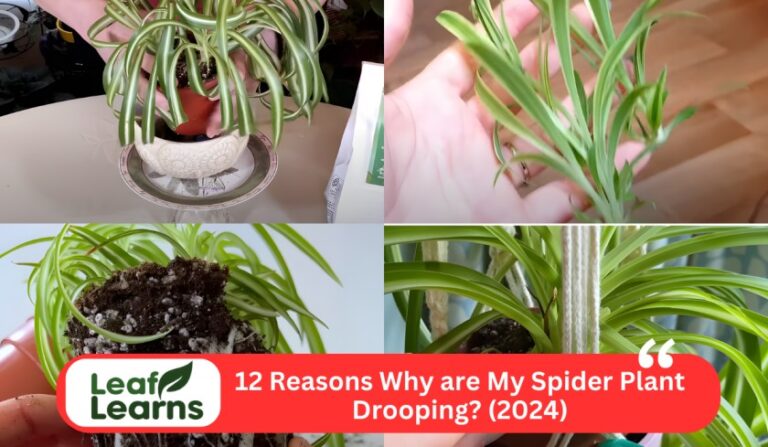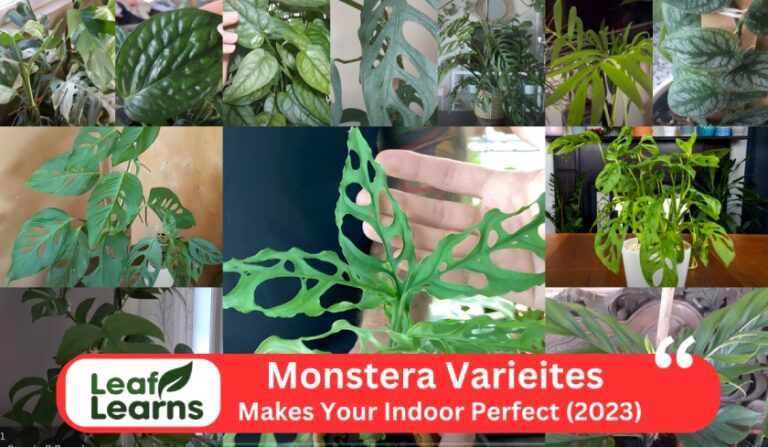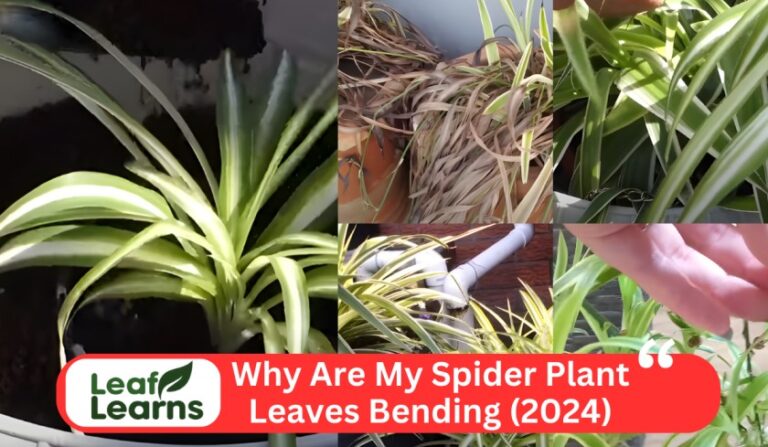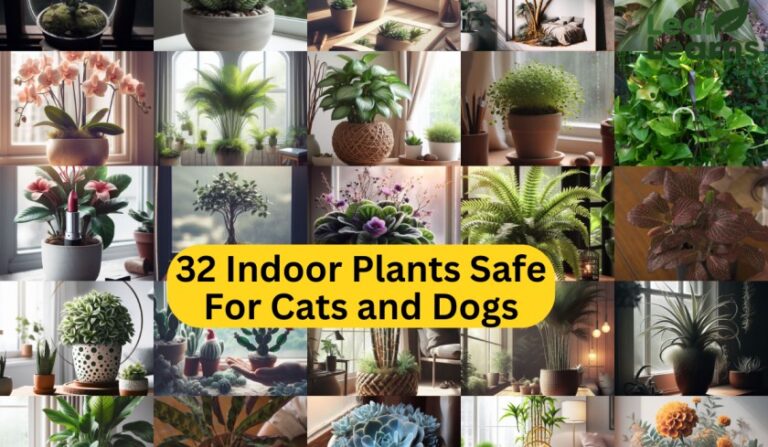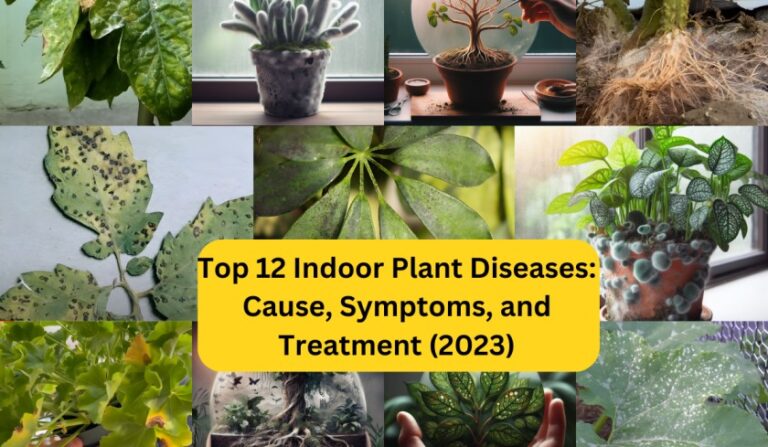Best Methods for Indoor Plant Lighting (2023)
Indoor plant Lighting can play very interesting rule in the maintaining the indoor gardening. To meet the specific lighting requirement of the indoor plant that can makes the plant more healthy, this is the principle of healthy plant growth.
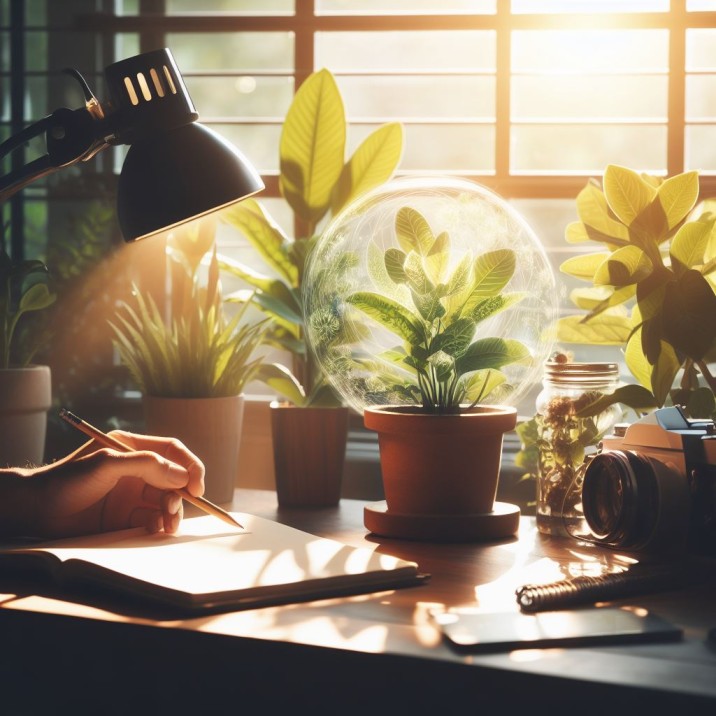
This is very necessary to understand the process of lighting before placing the low light low water indoor plant to your offices or also placing the high water high light plants in your indoor spaces So the selecting of moderate range of light like 40w, 50w, or 80w is crucial to provide them they required.
After that the choice of bulb is rare with considerations ranging from nurturing succulents to cultivating vegetables, herbs, citrus trees, tomatoes, succulents, and orchids all of these can grow under different lights requirement. So these plants are pet safe and also the air purifier.
Such low-maintenance plants may be hung in high humidity areas or used to enliven little or big rooms in a variety of settings. It is possible to monitor and improve the lighting for indoor plants with the use of light meters, diagrams, applications, or even just by maintaining a gardening notebook.So now start with the Tips for Indoor plant Lighting.
Contents
- 1 Tips for plant lighting
- 2 Why is light important for plants?
- 3 Types of Indoor Plant Lighting
- 4 Signs your plant is getting too much sun
- 5 What to do if your plant is getting too much sun
- 6 Signs your plant is not getting enough sun
- 7 What to do if your plant is not getting enough sun
- 8 Duration of light
- 9 Quality of light
- 10 Impacts of too little light
- 11 Why do plants need light?
- 12 Is light color important to plants?
- 13 What types of artificial lights are available?
- 14 Can LED Lights Grow Plants?
- 15 What light source is most popular for interior settings?
- 16 Can I use spotlights?
- 17 How much light should plants receive?
- 18 Low-light plants
- 19 Medium-light plants
- 20 High-light plants
- 21 How far from the light should I place plants?
- 22 How long should I use the lights?
- 23 How can I get the most from artificial light?
- 24 How should I light the bottom of a tall plant?
- 25 Do I really need to measure light?
- 26 How can I tell if a plant is getting enough light?
- 27 What window provides the best light?
- 28 Can lights keep plants from blooming?
- 29 Will artificial lights start seeds?
- 30 The Importance of Indoor Plant Lighting: A Comprehensive Guide
- 31 Selecting the Right Indoor Grow Lights and Plants for Optimal Growth
- 32 Conclusion
- 33 FAQs
Tips for plant lighting
- Place indoor plants next to windows for bright, indirect light.
- Ensure that most plants receive 12 to 16 hours of light each day.
- For reliable, energy-efficient lighting, choose LED or fluorescent grow lights.
- Keep a 6- to 12-inch gap between plants and the light source.
- To replicate natural sunshine, choose full-spectrum lighting.
- Plants should be rotated to ensure balanced growth and light exposure.
- Keep an eye on plants: Look for indications of excessive or inadequate light, and make adjustments as necessary.
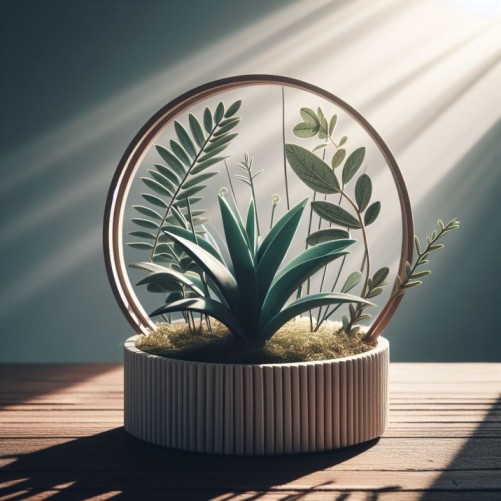
Why is light important for plants?
Lighting for indoor plants is essential for their health and growth. Photosynthesis, the process through which plants transform light into food, is powered by light.
Plants cannot manufacture the nutrients they require to flourish without enough sunshine. Lack of light can cause growth to be stunted, pale leaves, and poor blooming.
Give your indoor plants the correct kind of light either natural sunshine or artificial grow lights that reproduce the sun’s spectrum to ensure their success.
Types of Indoor Plant Lighting
Bright light
There are many different types of indoor plant lights available to promote healthy development. Bright light is essential for the health of indoor plants.
The brightest option, natural sunshine, is best but may need carefully positioning plants close to windows. As an alternative, fluorescent lights are economical and offer even, brilliant illumination.
Another choice is high-intensity discharge (HID) lighting, which produces extreme brightness ideal for bigger plant arrangements.
Due to their low energy consumption and adaptable spectrum, LED grow lights are well-liked for providing specialised illumination for various plant species. To guarantee that your indoor plants grow, use the appropriate sort of illumination.
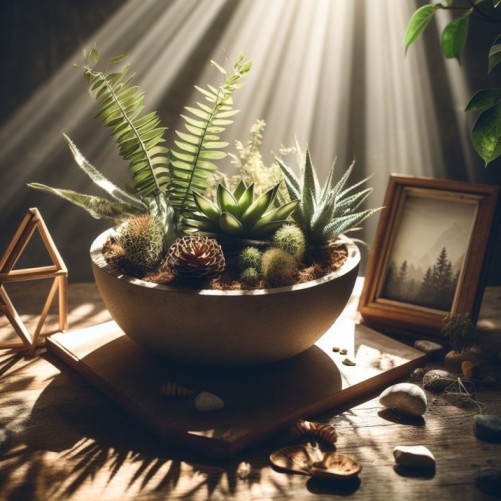
Bright, indirect sunlight
Different amounts of light are necessary for indoor plants to grow. Many indoor plants thrive in direct, bright sunshine.
In order to prevent their leaves from being scorched by direct sunlight, place them close to a window with filtered light.
While some plants, like ferns, need indirect sunlight, others, like succulents, flourish in intense light.
Your indoor plants’ health and growth depend on you knowing the precise lighting requirements of each one. Your indoor garden will grow with lush, colourful greenery thanks to proper illumination.
Low light
Low light indoor plants function well in environments with little direct sunlight. It is crucial to have the right artificial illumination to encourage their growth. For low light conditions, there are three primary forms of indoor-plant lighting:
Incandescent lighting emit warm, low-intensity light that some low-light plants can tolerate.
T5 and T8 fluorescent light tubes offer a more even spectrum of light, making them perfect for a variety of low light-loving plants.
LED grow lamps LEDs are adaptable and energy-efficient, and they may be made to simulate natural sunshine for low light plant growth.
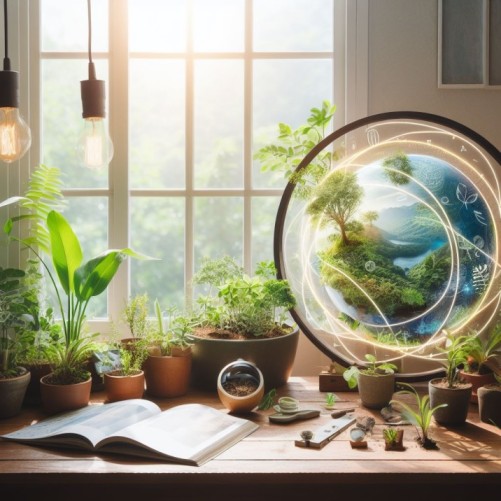
Signs your plant is getting too much sun
Observable signs make it simple to identify whether your indoor plant is receiving too much sunshine.
Sunburn may be the cause of leaf discoloration on your plant, such as yellowing or browning. Despite routine watering, wilting or dry soil may be a sign of severe light-induced stress.
A further indication that your plant needs more sunlight is if you see it leaning towards the source of light.
Its positioning should be adjusted to offer the ideal amount of light to ensure that your indoor plant friend thrives.
What to do if your plant is getting too much sun
It’s critical to respond quickly if your indoor plant is getting too much sunshine. Place the plant in a more shaded area to begin with, or use sheer curtains to block the sun.
Changing the exposure time might also be beneficial. To make sure your plant receives the appropriate quantity of light, think about investing in adjustable indoor grow lights.
Your plant will flourish in its new, more suited surroundings if you keep an eye on its health and make these improvements.
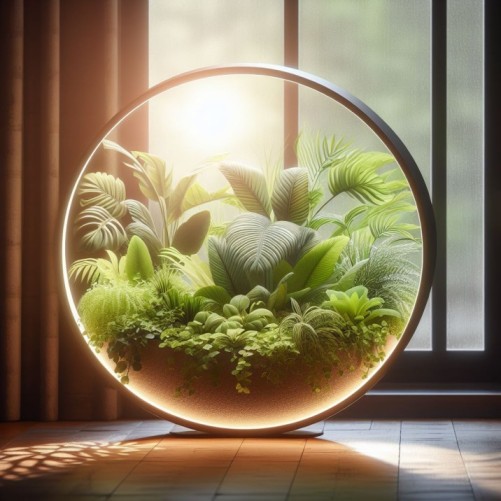
Signs your plant is not getting enough sun
Drooping leaves, poor development, or pale foliage are some indicators that your plant isn’t getting enough sunlight. Consider indoor plant-lighting options to fix this.
The health of your plant may be hampered by inadequate sunshine. Fluorescent lighting or LED grow lights may simulate natural light and offer the spectrum needed for plant development.
Make sure your indoor vegetation gets the right amount of light and exposure time. Your indoor plants will flourish if you keep an eye on these signals and modify the lighting as necessary.
What to do if your plant is not getting enough sun
Don’t worry if your indoor plant isn’t getting enough sunshine. The answer is proper indoor plant illumination.
When your plants aren’t getting enough sunlight, think about moving them next to a window that gets enough of light or utilising specially designed artificial grow lights.
Make sure the light source’s intensity and duration meet the needs of your plant. To ensure ideal development conditions, regularly check and adjust the lights.
Remember that a healthy indoor habitat for your plant depends on your knowledge of its light requirements.
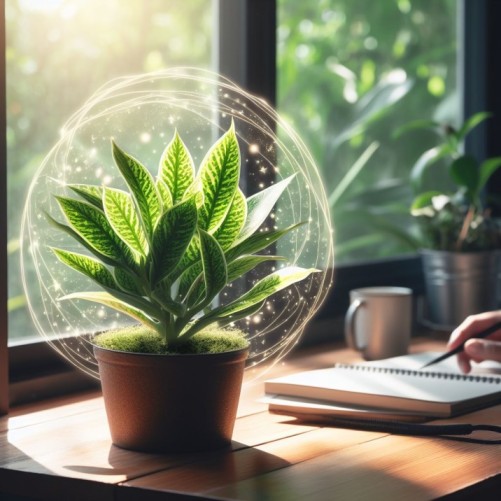
Duration of light
Lighting for indoor plants is essential for maintaining happy, healthy houseplants. The length of light exposure is crucial to ensure their wellbeing.
While every plant has different requirements, the majority need between 12 and 16 hours of light every day. This time period encourages photosynthesis, which is crucial for growth.
In order to sustain each plant species’ distinctive requirements for lush look and general health, enough indoor illumination, whether natural or artificial, must be in accordance with those requirements.
For an indoor garden to flourish, it is essential to comprehend the length of the light.
Quality of light
For indoor plants to thrive, the quality of the light is essential. To preserve the health of indoor plants, it is essential to give the proper type of light.
The process of photosynthesis and growth might be hampered by inadequate or subpar illumination. For plants to grow, the amount, quality, and duration of light must be sufficient.
By making an investment in top-notch indoor-plant lighting options, you can simulate natural sunshine and encourage healthy development and attractive foliage.
Anyone who wants to establish a flourishing green sanctuary indoors must comprehend the significance of light quality.
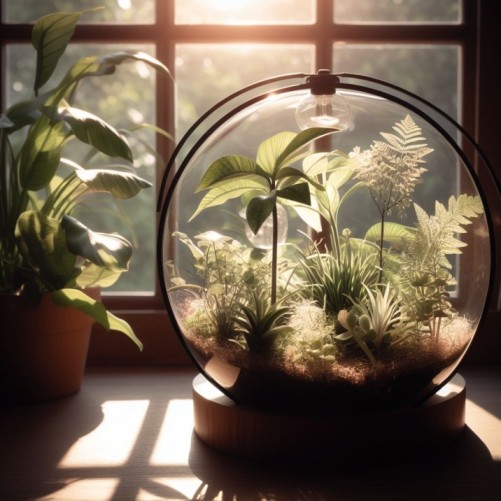
Impacts of too little light
The health of indoor plants might suffer from insufficient illumination. Reduced blooming, wilting foliage, and stunted development are all effects of insufficient light.
Photosynthesis, a crucial process that turns light into energy for plants, is hampered by insufficient light.
Understanding your plant’s light needs and providing the necessary lighting solutions, such as grow lights or moving them to brighter places, are essential to preventing this.
In order to effectively communicate with your plants, you must pay attention to how they react to light and modify their surroundings accordingly for optimum health and growth.
Why do plants need light?
How come plants require light? Photosynthesis, the process by which plants turn light energy into essential nutrients, depends on light.
The proper spectrum and intensity of light are provided to plants for healthy development via indoor plant lighting, which mimics natural sunshine.
It is crucial for plants’ general health that they have access to enough indoor illumination since it makes it possible for them to thrive even in locations with little natural sunshine.
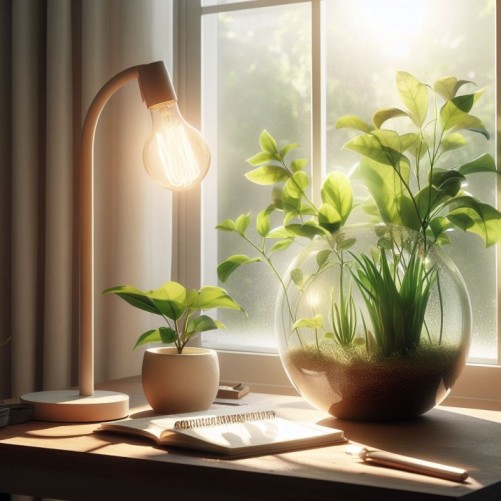
Is light color important to plants?
Absolutely! Lighting within a plant is essential for its proper development.
Different light wavelengths are needed by plants for photosynthesis, with blue light promoting vegetative development and red light promoting flowering.
Your indoor plants will receive the energy they require to grow if you choose the proper light spectrum. The secret to adequately caring for your green pals is proper lighting.
What types of artificial lights are available?
Knowing the many artificial light kinds that are available is essential for indoor plant lighting. Fluorescent, LED, and high-intensity discharge (HID) lights are just a few of the possibilities available.
Each offers a special range of advantages for plant growth. The best choice will rely on the requirements of your plants and the available space.
Indoor plants will be healthy and bright if artificial lighting is chosen and positioned properly.
Can LED Lights Grow Plants?
Yes For lighting indoor plants, LED lights are a great option.
They support healthy development and flowering by giving plants the precise light spectrum they require for photosynthesis.
Additionally, LED technology provides energy economy, durability, and adjustable light spectrum, making it a top option for taking care of your indoor plants.
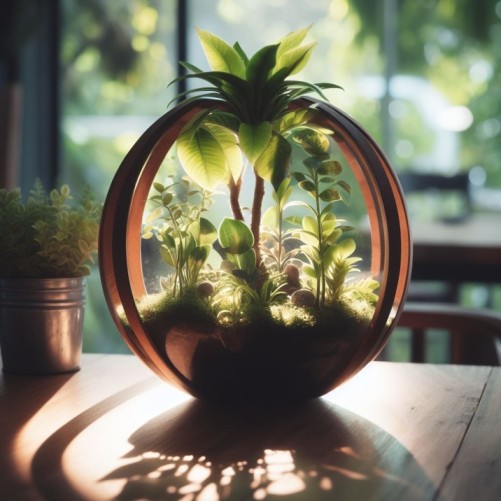
What light source is most popular for interior settings?
When it comes to indoor plant lighting, LED (Light Emitting Diode) lighting is the most often used light source for interior settings.
For its energy efficiency, durability, and capacity to deliver the precise spectrum of light that plants require for development, LED lights are preferred.
These fixtures provide a flexible and environmentally responsible way to care for your indoor plants.
Can I use spotlights?
Certainly! The subject of whether spotlights are acceptable when it comes to indoor plant lighting frequently comes up.
Yes, it is the solution. For lighting certain plants and giving focused light to promote development, spotlights might be a terrific option.
Spotlights provide flexibility in maximising the light exposure your indoor plants require for healthy development. They are also energy-efficient and adjustable.

How much light should plants receive?
The health and growth of indoor plants depend on getting the correct quantity of light. Plant enthusiasts sometimes ask, “How much light should plants receive?”
Photosynthesis is ensured by sufficient light, however the response varies depending on the type of plant.
Others do well in dim light, while some like direct, strong light. Your indoor garden will thrive if you do your research on the requirements of the individual plants you’re using and use the right lighting.
Low-light plants
Proper indoor plant lighting is vital for low-light plants. Snake plants and pothos are examples of low-light plants that do well in situations with little natural light.
Provide sufficient artificial lighting to promote their growth and well-being. Utilise LED or fluorescent grow lights made for indoor plants.
They should be placed carefully to simulate natural lighting conditions and encourage lush, bright greenery. The secret to a successful indoor garden is enough indoor plant illumination.
- Snake Plant (Sansevieria)
- Pothos (Epipremnum aureum)
- ZZ Plant (Zamioculcas zamiifolia)
- Peace Lily (Spathiphyllum)
- Cast Iron Plant (Aspidistra elatior)
Medium-light plants
Indoor locations with sufficient but indirect sunlight are ideal for medium-light plants to flourish.
To ensure that indoor plants grow healthily, appropriate illumination must be provided.
Use artificial illumination such as fluorescent or LED lamps made for plants to place these plants near windows with filtered light.
Your indoor plants will thrive and enhance your living areas with regular exposure to mild light.
- Snake Plant (Sansevieria trifasciata)
- Peace Lily (Spathiphyllum)
- Pothos (Epipremnum aureum)
- ZZ Plant (Zamioculcas zamiifolia)
- Spider Plant (Chlorophytum comosum)
High-light plants
High-light plants require adequate indoor lighting to survive. These plants, like cacti and succulents, need a lot of sunshine.
Provide them with strong, direct light sources indoors, such as grow lights or south-facing windows, to guarantee their wellbeing.
Your indoor vegetation will grow robustly, have beautiful leaves, and blossom profusely with adequate illumination.
How far from the light should I place plants?
The right distance must be found for the health of the plant. The ideal distance between plants and light sources is typically 12 to 18 inches, however this might change depending on the kind of light and the type of plant.
Your plants will benefit from the proper quantity of light for photosynthesis and healthy growth if they are spaced appropriately.
How long should I use the lights?
The amount of time that your indoor plants are exposed to light depends on the demands that each one has.
In general, 12 to 16 hours of light each day are needed for the majority of plants.
To guarantee the best development and health, it’s necessary to learn about the species of your plant and modify the lighting schedule accordingly.
How can I get the most from artificial light?
Understanding how to get the most out of artificial light is crucial if you want indoor plants to benefit from it as much as possible.
Use full-spectrum LED grow lights to make sure your plants receive the proper range of light.
Depending on the type of plant and its stage of growth, adjust the amount and duration of light.
Keep an eye on and adjust the lighting frequently for the best coverage. You may encourage healthy development and thriving indoor plants by using these methods.
How should I light the bottom of a tall plant?
Use adjustable floor lights or wall-mounted fixtures to adequately illuminate the bottom of a tall indoor plant.
To guarantee uniform coverage, position the light source at an angle. For the best plant development, choose full-spectrum LED lights since they closely resemble natural sunshine.
Based on your plant’s unique requirements, alter the light’s duration and intensity to encourage healthy development and avoid leggy stems. To make sure that all of your plant’s sides get enough light, rotate it frequently.
Do I really need to measure light?
Yes, it is important to measure light. Photosynthesis and plant health are directly impacted by light’s strength, duration, and quality.
With accurate measurement, you can avoid problems with overexposure or inadequate lighting and guarantee that your plants receive the proper quantity of light.
How can I tell if a plant is getting enough light?
The health of your indoor plants depends on whether they receive enough light.
Look for symptoms like yellowing leaves, lanky growth, or delayed development to determine this.
Additionally, think about how much light each type of plant needs.
If doubtful, check the intensity using a light meter. Your plants can grow if the site is changed or if artificial illumination is added.
What window provides the best light?
What window gives the finest light is a frequent topic when it comes to lighting indoor plants.
The best option will depend on the requirements of your plant. East and west-looking windows give a reasonable amount of light, while windows towards the south offer a lot.
Low-light plants can thrive in windows that face north, assuring their healthy growth.
Can lights keep plants from blooming?
For plants to grow and blossom, proper indoor plant lighting is essential. Indeed, improper or insufficient illumination can prevent blooming.
This problem may be avoided and healthy, colorful blooms can be encouraged by utilizing LED grow lights to make sure plants receive the proper spectrum and length of light.
Will artificial lights start seeds?
For indoor seedling germination, artificial illumination is necessary. Ample exposure to light promotes proper germination and development.
To offer the essential spectrum for plant development, a variety of artificial light sources, including fluorescent and LED grow lights, imitate natural sunshine.
Successful seed propagation depends on the positioning of the light source and its exposure time.
The Importance of Indoor Plant Lighting: A Comprehensive Guide
Indoor plant lighting is a crucial aspect of successful indoor gardening. The lighting requirements vary depending on the type of plants you are cultivating. It’s essential to follow a well-defined setup guide to ensure your indoor garden thrives.
Whether you’re growing plants in a greenhouse or a small apartment, selecting the right wattage, such as 40W, 50W, 80W, or 90W, for your indoor grow lights is pivotal. For example, when nurturing delicate succulents or orchids, using the best-suited bulbs can make all the difference.
In Canada, where the climate may not always favor outdoor gardening, home improvement stores like Home Depot offer a range of indoor grow light kits designed for various purposes, from nurturing seedlings to cultivating vegetables, herbs, and even citrus trees indoors. These kits ensure your plants receive the appropriate light even during the cold winter months.
Selecting the Right Indoor Grow Lights and Plants for Optimal Growth
Furthermore, indoor plants that thrive in low light and water conditions can be ideal for spaces like offices or areas with limited natural light. These plants, often labeled as pet-safe and air-purifying, are not only easy to care for but also contribute to improved air quality.
They are well-suited for hanging in high-humidity environments or adding greenery to small or large spaces. To monitor and optimize your indoor plant’s lighting, you can utilize light meters and diagrams through apps or journals.
Overall, creating the perfect indoor garden involves understanding the lighting requirements of your plants, selecting the right lighting setup and bulbs, and ensuring they receive the necessary care and attention they need to flourish in their indoor environment.
Conclusion
For indoor gardening to be effective, indoor plant illumination is essential. It entails providing the precise amount of light that various plants require, utilizing grow lights with the appropriate wattage and bulbs and being aware of the particular demands of your own plants.
Proper illumination is essential whether you have low-light or high-light plants. It not only enhances the appearance of your interior garden, but it may also clean the air and safeguard your pets. By taking notes or using instruments like light meters, you can monitor and adjust the lighting.
In the end, for healthy and successful indoor gardens, proper indoor plant illumination is crucial.
FAQs
Why is indoor plant lighting important for plant growth?
Because it supplies the energy source for photosynthesis, which enables plants to create the nutrients they require to flourish, indoor plant lighting is essential.
What are the different types of indoor plant lighting?
There are various types of indoor plant lighting, including natural sunlight, fluorescent lights, high-intensity discharge (HID) lights, and LED grow lights, each with unique benefits for plant growth.
How can you tell if your plant is receiving too much sunlight?
Leaf browning, withering, dry soil, and the plant leaning towards the light source are all indications of too much sunshine exposure.
What should you do if your indoor plant is not getting enough sun?
If your plant doesn’t receive enough sunshine, think about positioning it close to a window that gets enough light or utilizing specially designed artificial grow lights.
How long should indoor plants be exposed to light each day?
To promote photosynthesis and good development, the majority of indoor plants need 12 to 16 hours of light every day.


